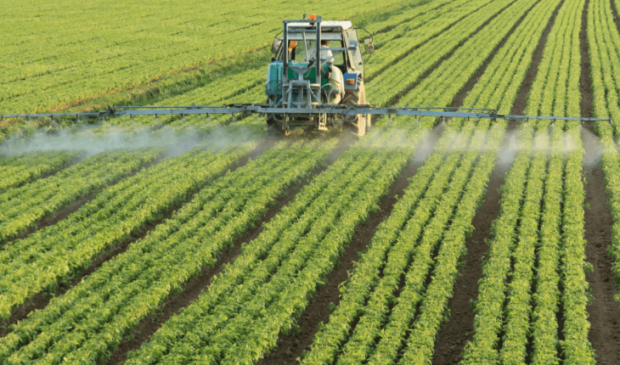
Breaking News
 Paper Silver IMPLODES: Experts Predict HUNDREDS PER OUNCE is Coming
Paper Silver IMPLODES: Experts Predict HUNDREDS PER OUNCE is Coming
 Trump Does it Again (and Again)
Trump Does it Again (and Again)
 International Judicial Authority Declares mRNA Injections Are Biological And Technological...
International Judicial Authority Declares mRNA Injections Are Biological And Technological...
 What Nobody Tells You About Homesteading
What Nobody Tells You About Homesteading
Top Tech News
 3D Printed Aluminum Alloy Sets Strength Record on Path to Lighter Aircraft Systems
3D Printed Aluminum Alloy Sets Strength Record on Path to Lighter Aircraft Systems
 Big Brother just got an upgrade.
Big Brother just got an upgrade.
SEMI-NEWS/SEMI-SATIRE: October 12, 2025 Edition
 Stem Cell Breakthrough for People with Parkinson's
Stem Cell Breakthrough for People with Parkinson's
 Linux Will Work For You. Time to Dump Windows 10. And Don't Bother with Windows 11
Linux Will Work For You. Time to Dump Windows 10. And Don't Bother with Windows 11
 XAI Using $18 Billion to Get 300,000 More Nvidia B200 Chips
XAI Using $18 Billion to Get 300,000 More Nvidia B200 Chips
 Immortal Monkeys? Not Quite, But Scientists Just Reversed Aging With 'Super' Stem Cells
Immortal Monkeys? Not Quite, But Scientists Just Reversed Aging With 'Super' Stem Cells
 ICE To Buy Tool That Tracks Locations Of Hundreds Of Millions Of Phones Every Day
ICE To Buy Tool That Tracks Locations Of Hundreds Of Millions Of Phones Every Day
 Yixiang 16kWh Battery For $1,920!? New Design!
Yixiang 16kWh Battery For $1,920!? New Design!
 Find a COMPATIBLE Linux Computer for $200+: Roadmap to Linux. Part 1
Find a COMPATIBLE Linux Computer for $200+: Roadmap to Linux. Part 1
Nanomembrane based tech can replace Haber-bosch process that feeds world

It operates under conditions of high temperature 400–500 °C and pressure 200–250 bar, and its production has a huge carbon footprint. The H2 precursor, usually obtained by steam reforming of methane, also has a very large carbon footprint. Notably, the entire energy required to prepare the reagents and to operate the Haber-Bosch process amounts to 1–3% of the global energy supply. In stark contrast, in the natural world, plants and bacteria have been producing NH3 from N2 and solvated protons under ambient conditions, enabled by the FeMo cofactor of the metalloenzyme nitrogenase (N2 + 6H+ 6e-→2NH3). Inspired by this biological nitrogen fixation process, intensive efforts have been devoted to finding ways to mimic the process under similarly mild conditions.
The Haber-Bosch process uses a catalyst or container made of iron or ruthenium with an inside temperature of over 800?F (426?C) and a pressure of around 200 atmospheres to force nitrogen and hydrogen together. The elements then move out of the catalyst and into industrial reactors where the elements are eventually converted into fluid ammonia (Rae-Dupree, 2011). The fluid ammonia is then used to create fertilizers.



